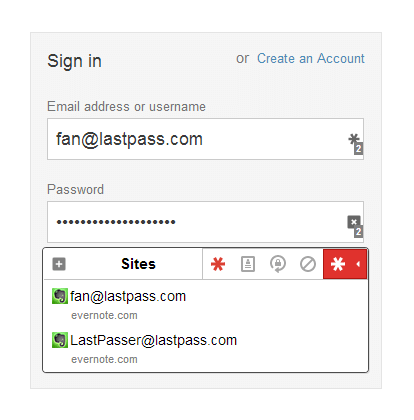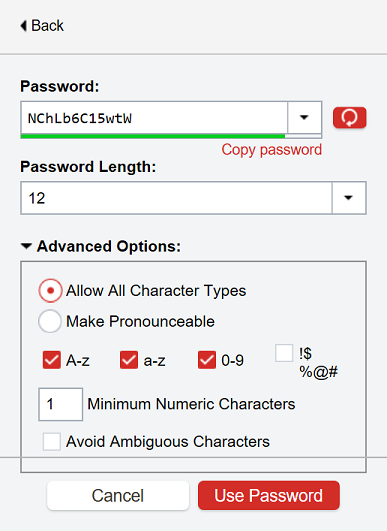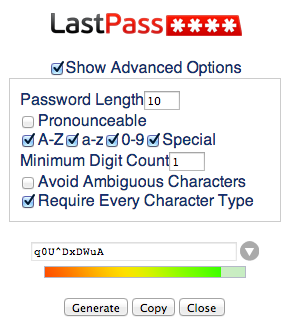

Almost everyone has heard of fingerprint, voice, and facial recognition, and 65% of the people surveyed say that they have at least tried fingerprint recognition. When you request access to an account using physical biometrics, you are literally logging in as yourself. Today, smartphones include facial recognition and fingerprint recognition, while popular voice assistants like Alexa and Siri use voice recognition to take commands from their users.Īccording to a survey conducted by Visa, two-thirds of consumers report that they are at least somewhat familiar with biometrics. They can include your face, your voice, your fingerprint, or even your retina. Unlike passwords or authentication codes, which are something you have, biometrics are usually something you are or something you do. What is biometric authentication?īiometric authentication is an advanced security capability that requires you to prove your identity with something unique about yourself - often a physical or behavioral characteristic - when you try to access an account, a system, or a facility. Here’s what you need to know about biometric authentication, its pros and cons, and how businesses use it to keep their employees’ accounts secure. You may even have started using biometric authentication technology on your smartphone not too long ago.

But what if you could use yourself as the password?Īs far-out as the concept seems, you can actually do that today using a method called biometric authentication.

After all, you know you are who you say you are, but the authentication system doesn’t - and therein lies the problem. “But it’s me!”, you might have protested, wishing there had been an easier way to prove your identity. If you’ve ever forgotten your password and been locked out of your account, you know how helpless that experience feels.


 0 kommentar(er)
0 kommentar(er)
